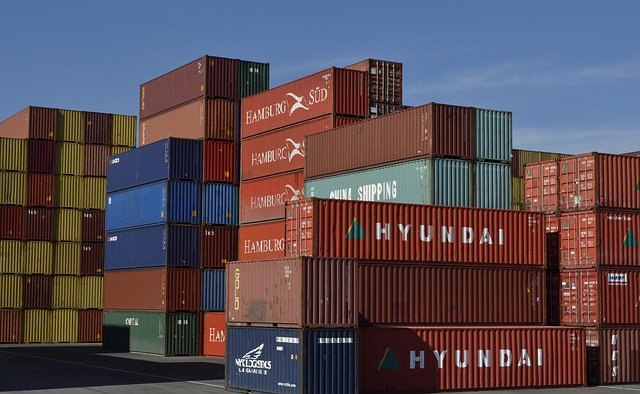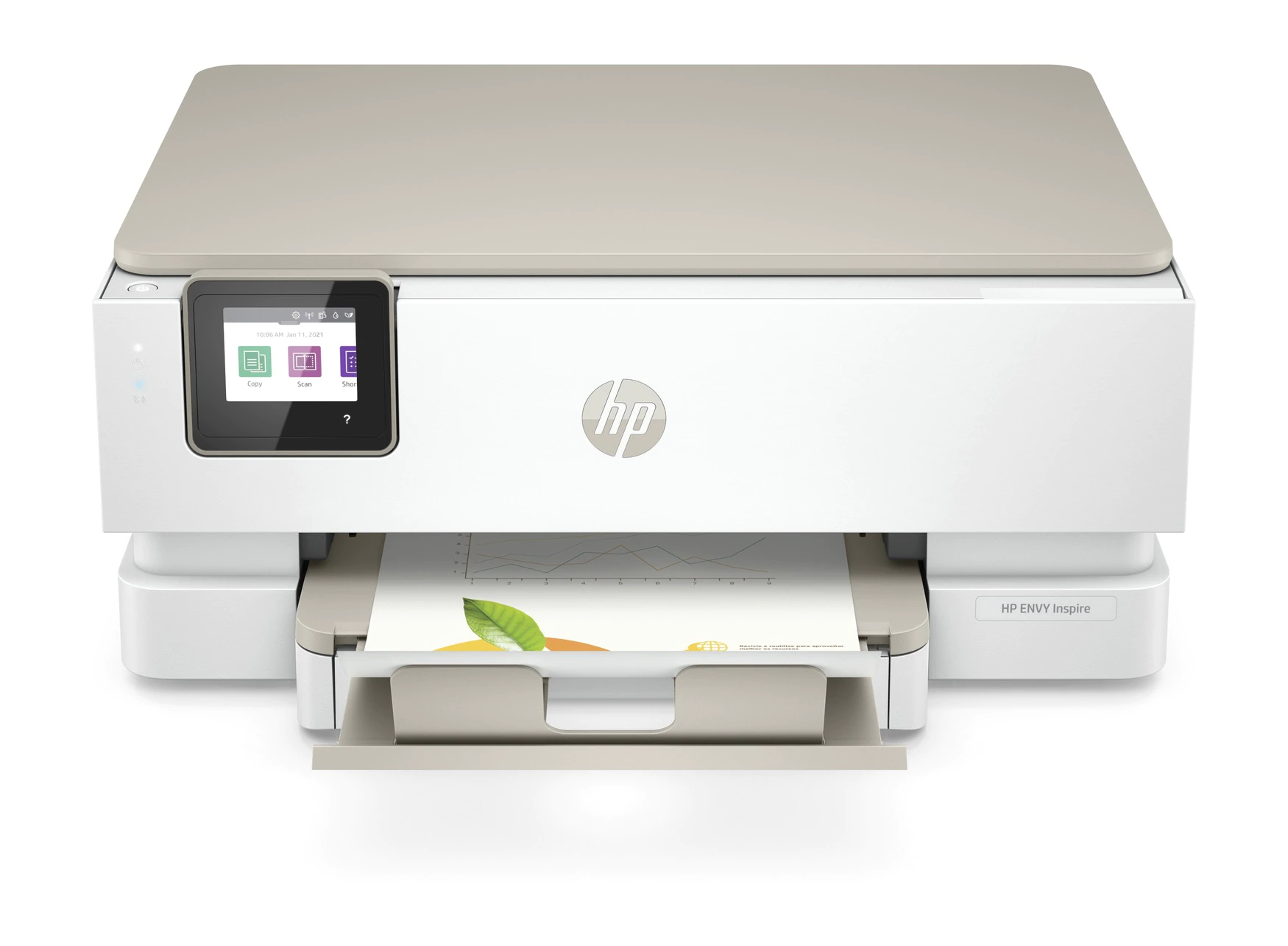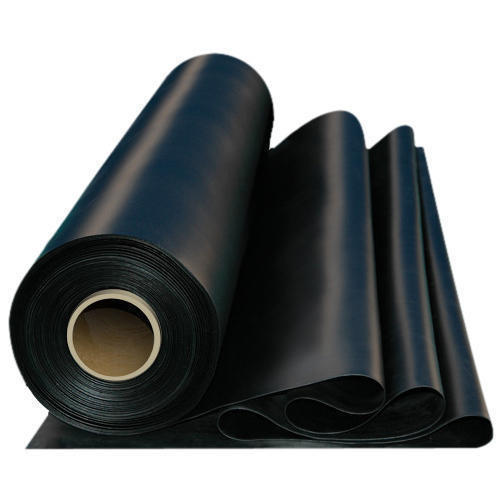Shipping Goods From Japan to Kenya: 7 Steps To Ensure A Smooth Process
Shipping Goods From Japan to Kenya: 7 Steps To Ensure A Smooth Process
Japan is a top exporter of goods globally. In fact, it was the world’s second-largest exporter in 2018, exporting goods worth $521 billion. Kenya can also be considered a major exporter of goods globally. In fact, the country exported goods worth $19 billion in the same year. This blog post will explain how you can ship products from Japan to Kenya and vice versa while keeping costs low and the entire process as smooth and stress-free as possible. Both countries are great places to source cheap raw materials and labor for various e-commerce businesses because of their favorable trade agreements with other countries such as China, India, and Australia. Read on for detailed information about shipping goods from Japan to Kenya and vice versa so that you can have a successful shipping experience!
Step 1: Find a reliable shipping company
The very first thing you’ll need to do is find a reliable shipping company. This can be a bit tricky because there are many companies out there, and you can’t be sure they’re all reliable until you’ve tried them. There are a few things you can do to find a reliable shipping company: – Ask industry professionals for their recommendations. If you have friends who are in the shipping industry, ask them for recommendations. You can also ask your shipping company for references, and if possible, try to find out about complaints that were filed against them. – Read reviews. You can find reviews of shipping companies online by visiting websites like Trustpilot and Review. – Check if the shipping company is accredited by a recognized association. The main associations that accredit shipping companies are the International Association of Drilling Contractors, the Marine Engineers’ Institute, the International Federation of Freight Forwarders’ Associations, and the Institute of Shipping and Trade.
Step 2: Calculate the weight and volume of your shipment
The next step is to calculate the weight and volume of your products. You should have a rough estimate of the weight of the products and their packaging. You can find this information easily by looking at the label of the product or by reading the product description. Note that the weight of your shipment may be different from the weight of the products themselves because the weight includes the packaging. The volume, on the other hand, refers to the size of the container that will be used for shipping. Shipping companies use a standard container size, and the number refers to the number of 20-foot-long boxes that fit inside one 40-foot-long container.
Step 3: Determine which mode of transport to use
The next step is to determine which mode of transport to use to ship your products. Here are some factors to keep in mind: – The destination – The destination country will affect your choice of transport mode. It’s best to choose a mode of transport that is common in the destination country. For example, if most shipments between Japan and Kenya are done by sea, you should also use sea transport to avoid delays. – The product – The product type also affects your choice of transport mode. You need to ensure that the product is safely packaged so that it doesn’t get damaged during transport. – The season – You need to take into account the season when shipping your products. For example, if you’re shipping fruits or vegetables, you need to make sure that they get to their destination before they are no longer fresh.
Step 4: Decide on the Warehousing Process
You also need to decide on the warehousing process. Warehousing simply refers to storing your products before they are shipped. You can either store your products at a warehouse in the destination country or in a warehouse in your home country. Many companies that offer logistics services also provide warehousing services. If you decide to use a third-party logistics company (3PL) to ship your products, you can ask them what their warehousing services are.
Step 5: Find out if you need to import your goods first
Before you start shipping goods from Japan to Kenya and vice versa, you also need to find out if you need to import your goods first. Importing goods into a country generally means bringing goods into the country from another country. Importing goods into a country is necessary if they are prohibited goods or you don’t have an import license.
Step 6: Get a Customs Clearance Certificate (CCC)
Before you ship goods from Japan to Kenya or vice versa, you must get a Customs Clearance Certificate (CCC). The CCC indicates the total value of your products and the taxes that you will pay. If you are shipping goods from Japan to Kenya, you can find a Customs Broker in the destination country and give them the product details such as the product description, the quantity of products, and the value of each product. They will then issue a CCC for you.
Step 7: Pick your shipping date and make a final check
After you’ve done all of the above, pick a shipping date. Make sure that the destination country’s port is open on the day you intend to ship products. You also need to make a final check before you ship products from Japan to Kenya – – Make sure that you wrap your products in a protective manner. If you’re shipping fragile items, make sure they are wrapped in bubble wrap. – Check your shipping documents, such as your Bill of Lading and health and phytosanitary certificates. These documents verify that your products are safe to be shipped. It’s important to remember that shipping goods from Japan to Kenya or vice versa is a long process. You should start planning your shipment at least 3 months before the date you want the products to be delivered. With the proper documentation, you can rest assured that your shipment will be delivered on time!








LEAVE A COMMENT
You must be logged in to post a comment.